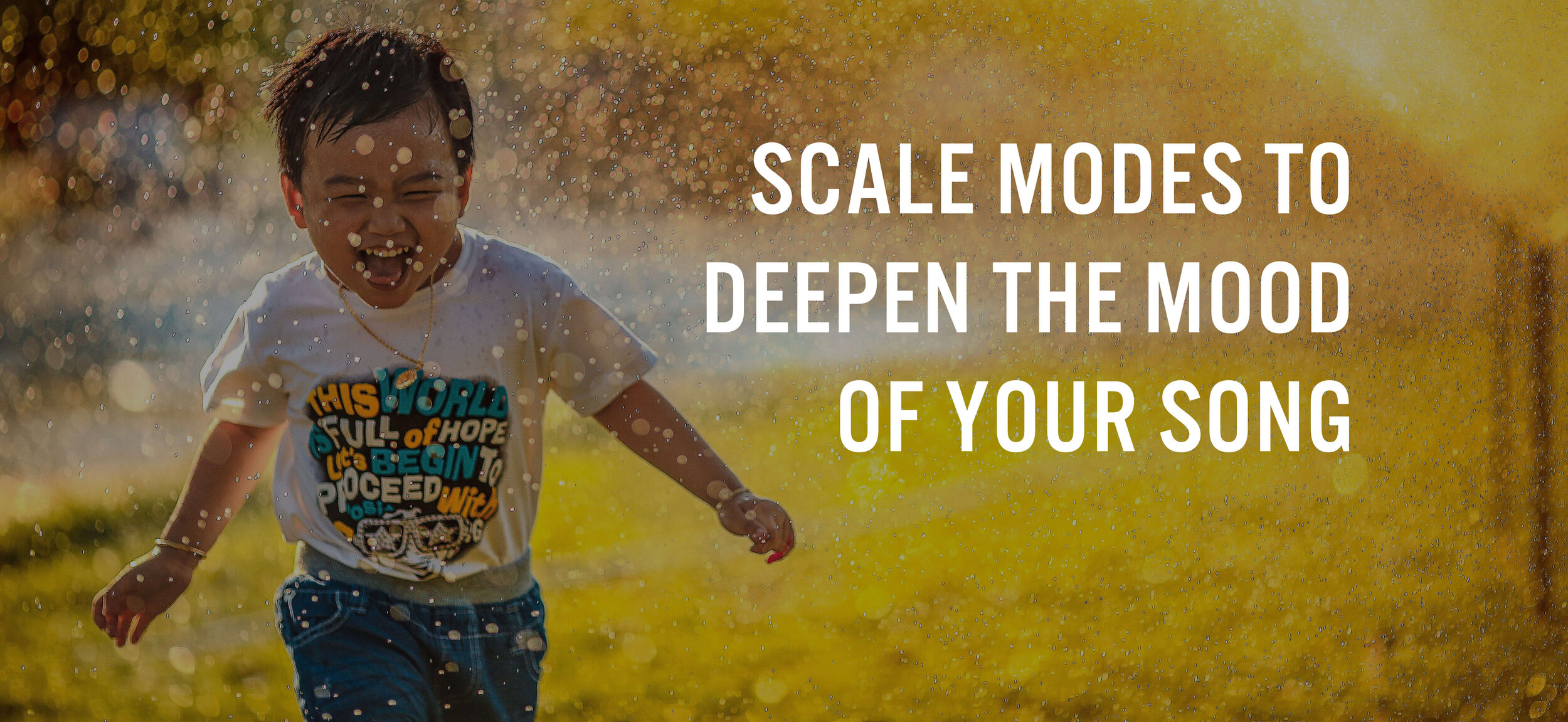It comes as no surprise that automated mastering has changed the way artists produce and release their music. Gone are the days of investing your hard earned money towards a fancy, over equipped studio, only to find out you’re still a few hundred dollars away from actually finishing your release! There had to be an easier, more affordable way for indie artists to get their music quality up to par with the industry without breaking the bank, and the market supplied!
With services like eMastered, LANDR, and Aria the mastering process has never been easier or cheaper! Now for a small fee, artists can employ their very own “virtual engineer” to take their finished song and make it radio ready. But this inevitably begs the question:
“What service provides the best solution for me to master my track on a budget, and is it worth it?”
Short Answer:
It depends.
Let’s Compare
There’s no denying that every artist is different, it’s what makes you special!
That being said, you wouldn’t master Snoop Dogg’s latest release with the same technique for Burt Bacharach! Ultimately there is no “formula” when it comes to mastering. This only catalyzes the question of “is it worth my money for AI to master my music?”
eMastered
Leading the market in artificial mastering, eMastered has made its way into the hearts of independent artists around the globe. The service recognizes the hesitation around trusting a website to master your audio, and has shown attempts to work around that to satisfy customers.
With various genre specific settings, 100% high-res WAV file delivery, and free testing before purchasing a plan, eMastered takes that extra step in ensuring quality for their users.
But is it worth the price?
The most affordable plan comes in at $168 for a yearly subscription, and the cheaper price tag ultimately comes with a cost.
eMastered is currently unable to upload and master more than one audio file at a time, and does not include any digital distribution services. As a result, this ultimately leaves another bill to be paid down the road. So how can artists get good quality results without requiring additional distribution fees?
eMastered Pros:
Professional, high resolution delivery
Easy customization and adjustment
Payment not required to test functionality
eMastered Cons:
Digital distribution is not included
Slow processing rate per track
Aria
With the highest price point in the independent market, Aria is taking an alternative approach by embracing analog gear and techniques into their automated mastering service.
With the biggest selling feature being their 100% analogue processing, it gives artists seeking an “authentic” sound an opportunity to have a real time studio master. This simple, yet professional approach justifies the large price tag of $19/song, pushing artists towards the $600/year plan at 10 songs per month.
This option might be suitable for noteworthy artists such as Tom Walker and Phé, but admittedly for independent artists, it doesn't not provide distribution or much customization for the high price range.
Aria Pros:
Easy to use
True studio quality
Analogue processing
Aria Cons:
High price range
Noncustomizable
No digital distribution
LANDR
LANDR is currently standing as the largest competition for eMastered in the eyes of independent artists due to the low price and simplicity of the service.
With a rate of $48/year for the basic package, it provides artists with unlimited, quickly mastered audio. However, LANDR currently charges additional fees for better audio quality outside of the lo-mp3 quality, which isn't supported on all streaming platforms. LANDR is providing the cheapest, quickest compression tool to bring your volume levels up to par without much distortion.
LANDR Pros:
Low price point
Easy to use
LANDR Cons:
Low quality export
Costs more to boost quality
What to do?
When an artist is looking for the absolute best way to get their tracks mastered on a budget, there is no single answer that works for everyone.
Every service definitely has their strong and weak points, but the answer really is in the eye of the beholder. No artificial intelligence will get close to what an authentic mastering service can provide. In the world of independent, self funded artists, automated mastering may be an easy way to save a few dollars but you’ll never reach the quality of an experience mastering engineers' magic touch. For more information on automated mastering check out this article by Sage Audio.
Conclusion
When it comes down to music quality, the final master of your track is designed to accent and enhance your amazing mix. Mastering is the final task of making a great song become an amazing song.
As Nathan Allen once brilliantly stated,
“Songs that aren’t professionally mastered are like Ferraris with no paint jobs.”
To learn more about mixing, mastering and marketing services provided by Jony Studios take a look at the website and a follow on social media @jonystudios.
If you need further help creating your own music, we offer audio production services that will help you elevate your sound and bring your song to life!
We look forward to being a part of your success.
Contact us here to get started.










